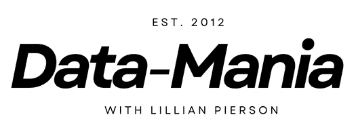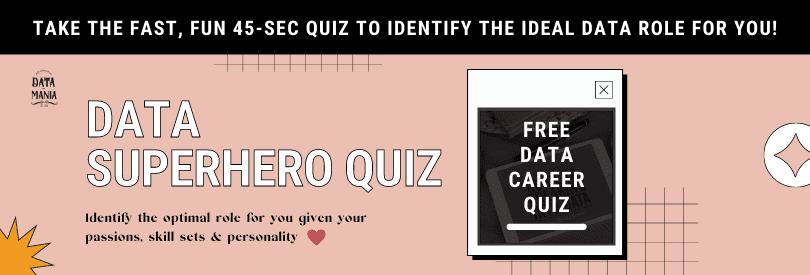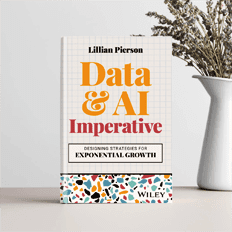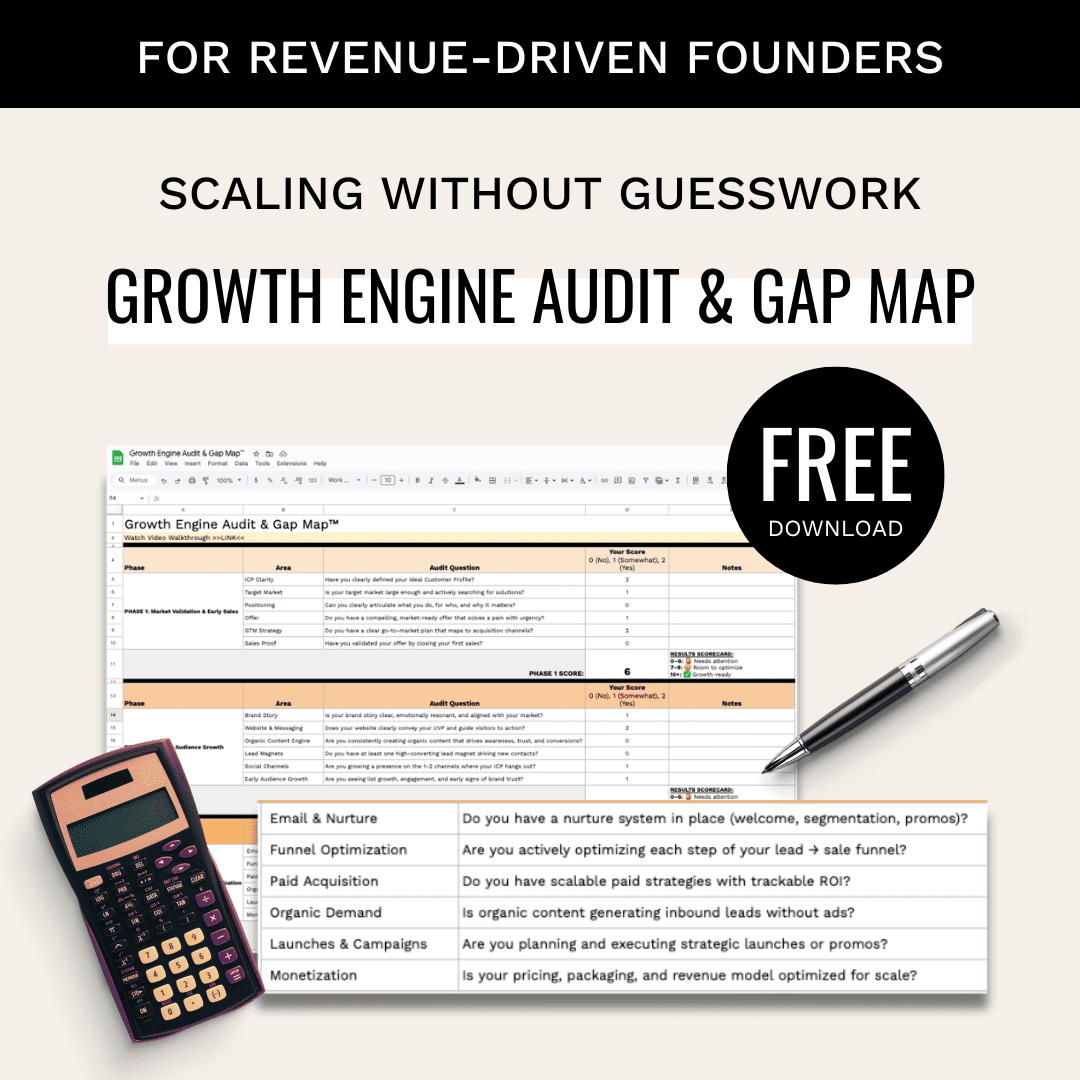Curious about how to get started with data pipeline design and build processes? Here’s what you need to know…

What Is a Data Pipeline?
A data pipeline enables you to move data from a certain source to another destination. The pipeline transforms and optimizes the data and ships it in a state suitable for analysis. It includes steps that aggregate, organize, and move data, typically using automation to reduce the scope of manual work.
A continuous data pipeline usually phases through the following tasks:
- Loading raw data into a staging table for interim storage
- Transforming the data
- Adding the transformed data to the destination reporting tables
This basic process may change according to the use case and individual business requirements and needs. Data pipelines are used for a variety of business processes including big data analytics, machine learning operations (MLOps), data warehouses, and data lakes.
Data Pipeline Design Process
A data pipeline design is a process designed for shifting data from one place to another. The process can change depending on each scenario. For example, a simple data pipeline can include mainly data extraction and loading, while a more advanced pipeline can include training datasets for artificial intelligence (AI) machine learning (ML) use cases.
Here are key phases typically used in data pipeline design processes:
- Source—you can use various data sources for your pipeline, including data from SaaS applications and relational databases. You can set up your pipeline to ingest raw data from several sources using a push mechanism, a webhook, an API call, or a replication engine that can pull data at regular intervals. Additionally, you can set up data synchronization at scheduled intervals or in real-time.
- Destination—you can use various destinations, including an on-premises data store, a cloud-based data warehouse, a data mart, a data lake, or an analytics or business intelligence (BI) application.
- Transformation—any operation that changes data is associated with the transformation process. It may include data standardization, deduplication, sorting, verification, and validation. The goal of transformation is to prepare the data for analysis.
- Processing—this step applies data ingestion models, such as batch processing to collect source data periodically and send it to a destination system. Alternatively, you can use stream processing to source, manipulate, and load data as soon as it is created.
- Workflow—this step includes sequencing and dependency management of processes. Workflow dependencies can be business-oriented or technical.
- Monitoring—a data pipeline requires monitoring to ensure data integrity. Potential failure scenarios include an offline source or destination and network congestion. Monitoring processes push alerts to inform administrators about these issues.
Automated pipeline deployment
Keep in mind that a pipeline is not static. Over time, you will have to iterate on pipeline stages to resolve bugs and incorporate new business requirements. To do this, it is a good idea to keep your entire pipeline and all the tools it comprises using infrastructure as code (IaC) templates. You can then establish an automated software deployment process that updates your pipeline whenever changes are needed, without disrupting the pipeline’s operation.
Types of Data Pipeline Tools
Various data pipeline tools are available depending on the purpose. The following are some of the popular tool types.
Batch and Real-Time Tools
These batch data pipeline tools can move large volumes of data at regular intervals, known as batches. Batch tools can impact real-time operations. That is the reason most people usually prefer these tools for on-prem data sources and use cases that don’t require real-time processing.
Real-time extract, transform and load tools process data quickly and are suited to real-time analysis. They work well with streaming sources.
Open Source and Proprietary Tools
Open source tools use publicly available technology and require customization based on the use case. These tools are usually free or low-cost, but you need the expertise to use them. They can also expose your organization to open source security risks.
Proprietary data pipeline tools suit specific uses and don’t require customization or expertise to maintain.
On-Premises and Cloud Native Tools
Traditionally, businesses stored all their data on-premises in a data lake or warehouse. On-premise tools are more secure and rely on the organization’s infrastructure.
Cloud native tools can transfer and process cloud-hosted data and rely on the vendor’s infrastructure. They help organizations save resources. The cloud service provider is responsible for security.
Best Practices for Data Pipeline Design and Build
Manage the Data Pipeline Like a Project
Viewing data pipelines as projects, like software development pipelines, is important for making them manageable. Data project managers must collaborate with end-users to understand their data demands, use cases, and expectations. Including data engineers is also important to ensure smooth data pipeline processes.
Use a Configuration-Based Approach
You can reduce the coding workload by adopting an ontology-based data pipeline design approach. The ontology (configurations) helps keep the data schema consistent throughout the organization—this approach limits coding to highly complex use cases that a configuration-based process cannot address.
Keep the Data Lineage Clear
The data continuously changes when applications evolve, with teams adding or removing fields over time. These constant changes make it difficult to access and process data. Labeling the data tables and columns with logical descriptions and details about their migration history is crucial.
Use Checkpoints
Capturing intermediate results during long calculations and implementing checkpoints is useful. For instance, you can store computed values using checkpoints and reuse them later. This method helps reduce the time it takes to re-execute a failed pipeline. It should also make it easier to recompute data as needed.
Divide Ingestion Pipelines into Components
Data engineers can benefit from accumulating a rich source of vetted components to process data. These components offer flexibility, allowing data teams to adapt to changing processing needs and environments without overhauling the entire pipeline. You must ensure continued support for your initiatives by converting the technical benefits of the component-based approach into tangible business value.
Keep Data Context
You must keep track of your data’s context and specific uses throughout the pipeline, allowing each unit to define its data quality needs for various business use cases. You must enforce these standards before the data goes into the pipeline. The pipeline is responsible for ensuring the data context is intact during data processing.
Plan to Accommodate Change
Usually, the data pipeline frequently delivers data to a data warehouse or lake that stores data in a text format. When you update individual records, this can often result in duplicates of already delivered data. You must have a plan to ensure your data consumption reflects the up-to-date records without duplicates.
Conclusion
In this article, I explained the basics of data pipeline design and build. I also provided some essential best practices to consider as you build your first pipeline:
- Manage the data pipeline like a project with an iterative development process
- Use a configuration-based approach and plan for future changes
- Keep data lineage clear and keep the context of data throughout the pipeline
- Use checkpoints to capture intermediate results, enable error checking and recovery
- Divide ingestion pipelines into components, to ensure easier updates of pipeline elements
I hope this will be useful as you take your first steps in a data pipeline project.
Hey! If you liked this post, I’d really appreciate it if you’d share the love by clicking one of the share buttons below!
A Guest Post By…
 This blog post was generously contributed to Data-Mania by Gilad David Maayan. Gilad David Maayan is a technology writer who has worked with over 150 technology companies including SAP, Samsung NEXT, NetApp and Imperva, producing technical and thought leadership content that elucidates technical solutions for developers and IT leadership.
This blog post was generously contributed to Data-Mania by Gilad David Maayan. Gilad David Maayan is a technology writer who has worked with over 150 technology companies including SAP, Samsung NEXT, NetApp and Imperva, producing technical and thought leadership content that elucidates technical solutions for developers and IT leadership.
You can follow Gilad on LinkedIn.
If you’d like to contribute to the Data-Mania blog community yourself, please drop us a line at communication@data-mania.com.







